When shopping for children, we are spoiled for choice. There are so many products available in the shops that sometimes, it’s difficult to sieve out the safe products from the not-so-safe ones. However, shopping for safe and green products for your child need not be such a daunting task.
You should start by making a list of the essential items your child uses on a daily basis. If your child is going to be exposed to these items very frequently, it’s worth making sure that these products are safe and don’t contain any harmful chemicals. Also, by making a list, you eliminate the risk of buying non-essentials that can come up to be quite expensive.
I would definitely consider the following items as essential daily items: shampoo, toothpaste, body wash, water bottle/milk bottle, lunch boxes, cutlery (bowls and plates) and utensils (forks and spoons). Once you have come up with your list, you can start your green shopping.
Here are a couple of tips on what you should be mindful of:
- Stay away from products that contain BPA
BPA (Bisphenol A) is an industrial chemical used to make clear plastic know as polycarbonate. If you look at the recycling code found at the bottom of most plastic products, items made from polycarbonate will have the number 7 in the triangle. BPA is an ‘endocrine disruptor’ that mimics the body’s hormones. It interferes with normal brain development and can lead to complications with the reproductive system. Studies have shown that young children and infants have the highest exposure to BPA, and are most susceptible to its side effects.
- Be wary of phthalates
Phthalates is a substance added to plastics to increase their flexibility, transparency, and durability. Phthalates are most often used to soften PVC products, but can also be found in many daily items such as shampoos, liquid soaps, detergents, children’s toys, just to name a few. As with BPA, phthalates are also ‘endocrine disruptors’ and have been known to cause reproductive and neurological damage. If you look at the recycling code of a product, those with the numbers 3 and 7 are more likely to contain phthalates. When reading the labels on your daily items, stay away from those that have DBP/DEP/DEHP/BzBp/DMP.
- Try to minimize the use of plastic products (or at least look out for the safe plastics)
When buying products that will come into contact with your child’s food or drink, try to opt for glassware or stainless steel products. These two materials are very stable and will not leach chemicals into your child’s food or drink. If a glass or stainless steel option is not available, then choose plastics with the recycling code 1, 2 or 5. These are considered ‘safe’ plastic as they are less likely to contain BPA and phthalates.
- Choose wooden or cloth toys over plastic toys
This is especially so for babies and young children who tend to mouth their toys. When choosing wooden toys, look out for those that use non-toxic water-based colours/dyes and plant-based or water-based inks. Stay away from dyes and colours that may contain lead or other heavy metals.
- Whenever possible, choose organic
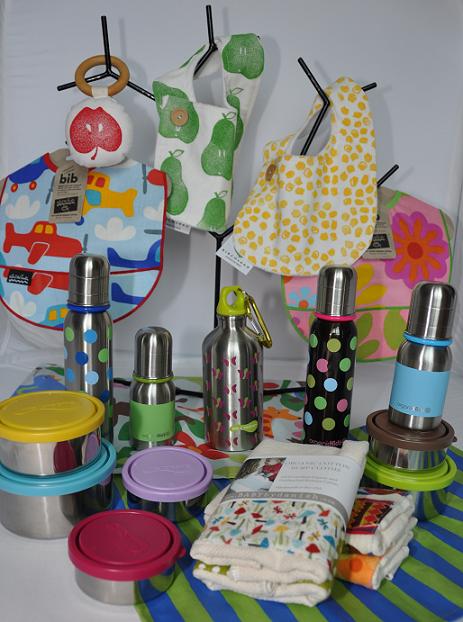
Be it fruits, vegetables, meats or even cotton, organically grown produce/crops are free from fertilizers, pesticides, plant growth regulators (hormones), livestock antibiotics, and genetically modified organisms. By eliminating the use of these potentially harmful chemicals, organically grown products are safer for consumption and use, and also have less impact on the environment.
Going ‘green’ may seem like a big effort, but if you arm yourself with the facts, you will actually find that green options are widely available in most shops and supermarkets. Knowing where to shop will also make your green shopping experience more enjoyable, and it takes the stress out of having to troll the different stores looking for your green and eco-friendly items.
Here are a couple of my favourite local ‘green’ shopping haunts:
Article is contributed by Cheryl, founder of Little Green Sprouts.
* * * * *
Like what you see here? Get parenting tips and stories straight to your inbox! Join our mailing list here.
Want to be heard 👂 and seen 👀 by over 100,000 parents in Singapore? We can help! Leave your contact here and we’ll be in touch.












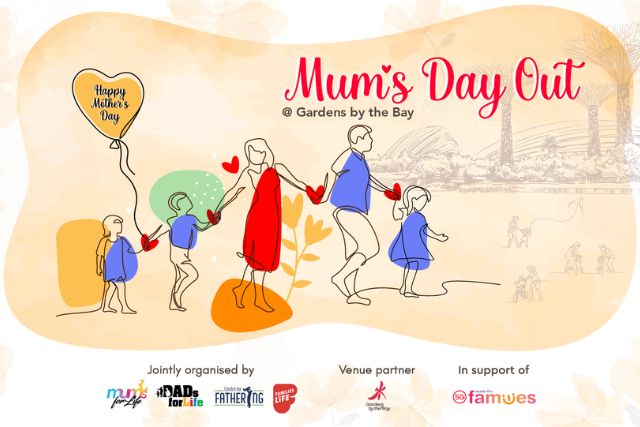
























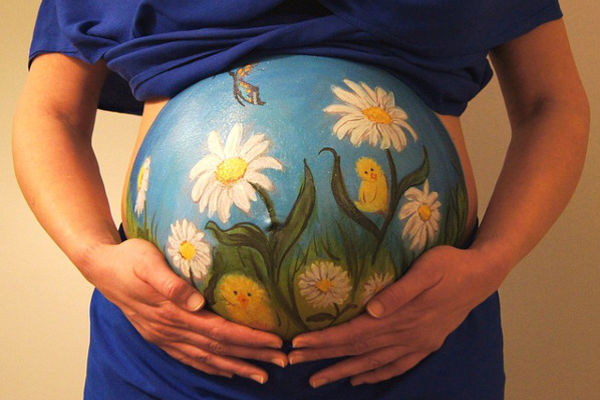
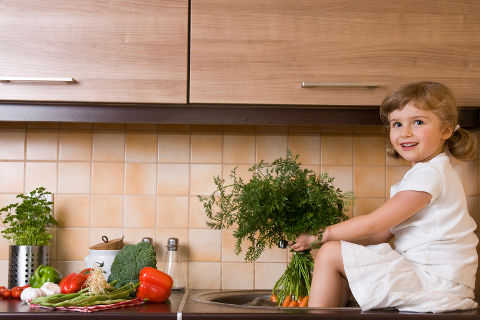
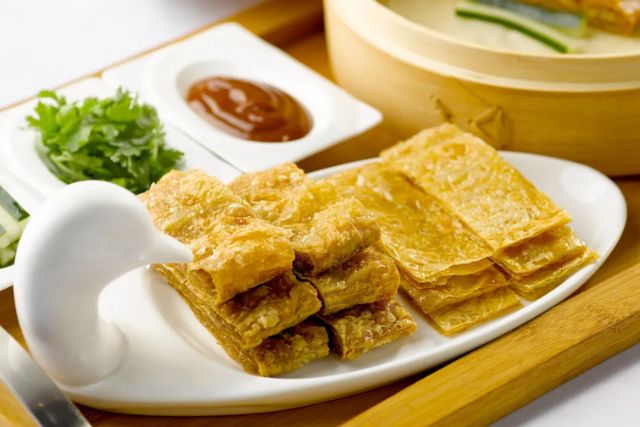
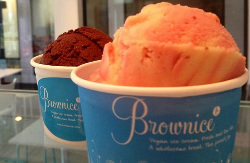

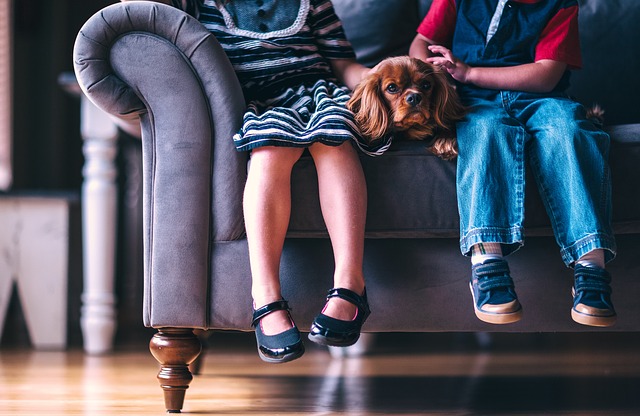
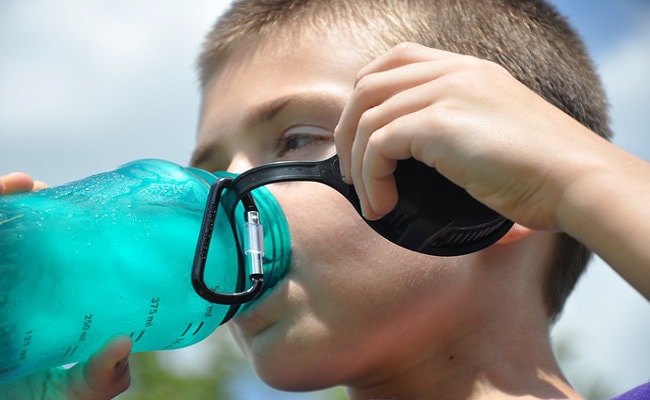
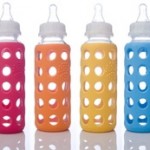
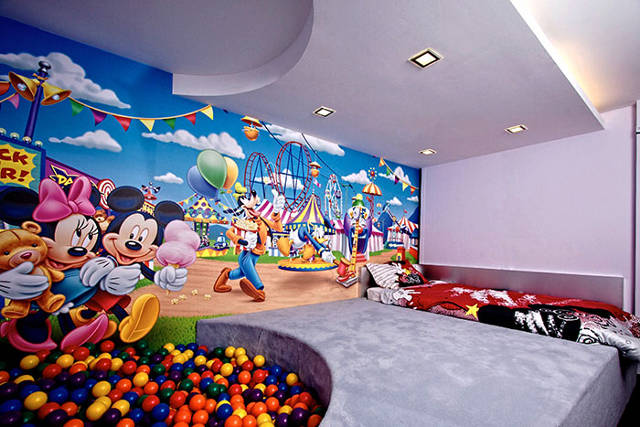
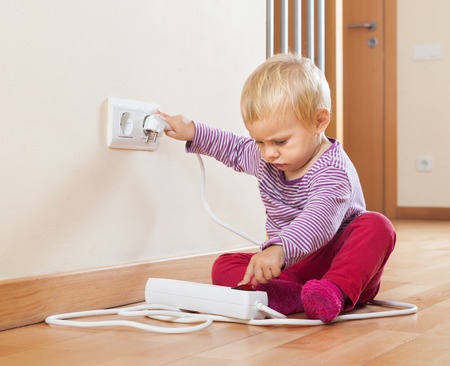
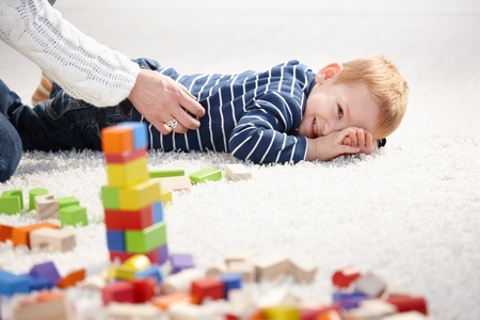
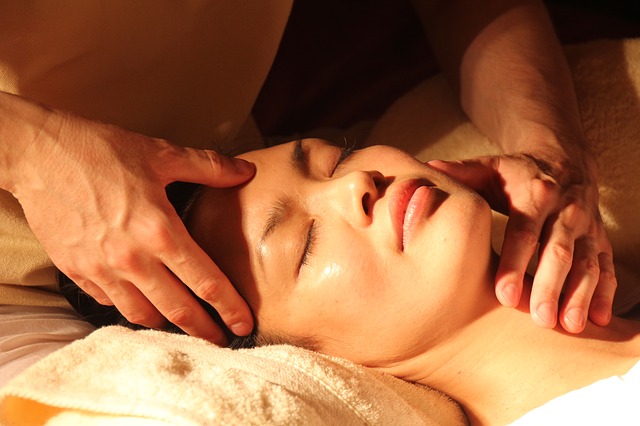
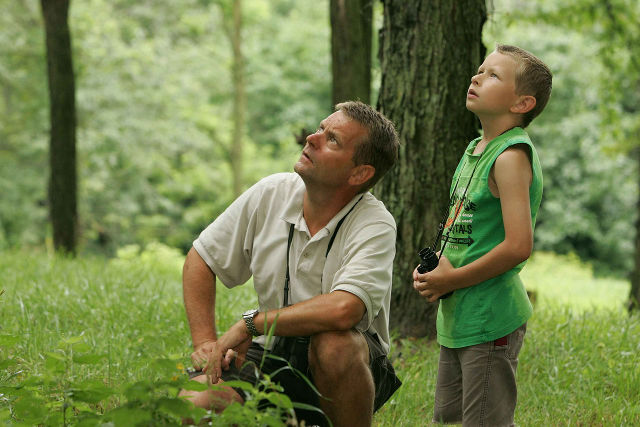









Leave a Comment: